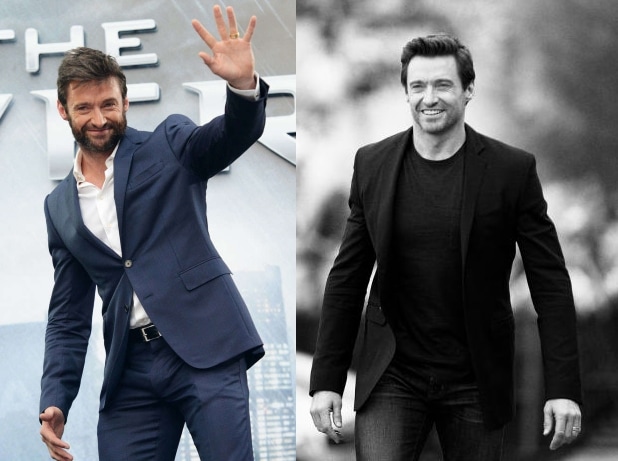Most of the time our articles are focused on your professional life. Today’s insights, however, can improve both your professional and personal lives if you put a little effort into applying them.
We’re talking about body language, of course. Also frequently referred to as non-verbal communication. This includes things like your tone of voice, hand gestures, posture, eye contact and more. Words can be powerful tools in the hands of a confident speaker but if your body language isn’t aligned with what you’re saying your audience may not believe or even hear you. On the flip side, controlled, intentional use of body language can help you navigate a stressful situation even when you don’t know all the “right” words to say. The reality of any human communication is that what you say is only part of the equation. How you say it is also important in terms of delivering the intended message.
Our natural body language is usually quite accurate in reflecting our intentions, feelings and state of mind. This is beneficial. Imagine how exhausting it would be to consciously force a smile every time we’re happy or put on a stern face whenever life gets frustrating. There are, however, times when we don’t necessarily want to project what we are feeling.
A job interview is a good example. For most people, the interview process can be stressful and filled with anxiety and nervous energy. As a job candidate, these are not the emotions that you want to project during an interview. This is exactly the type of situation where body language can help you put your best foot forward and create the right impression by following a few basic tips:
- Hands: Offer a firm, brief handshake at the beginning and end of the interview. Touch creates a physical connection and generates warmth. Make direct eye contact when you shake the interviewer’s hand.
- Posture: Adopting the right posture can have a significant impact on how you are perceived. An open posture, one in which you’re sitting or standing straight, shoulders back but relaxed and a slight forward-tilt of your body at the waist makes you appear more confident, approachable and engaged. In contrast, a closed posture, one in which your arms are crossed in front of you and/or you’re slouching, can make you appear smaller, less confident and create the impression that you have something to hide.
- Waiting: While you’re waiting for the interviewer to greet you, don’t check your phone. Why? Because most people subconsciously hunch over when they do so. Research has found that people make their first impression of you within a fraction of a second after seeing you (or your photo). You don’t want the interviewer’s very first impression to be you hunched over your phone.
- Smile: An authentic smile is a great way to connect with people. Most people assume that smiling simply involves moving your mouth. Not true. An authentic smile brings both your mouth and eyes into play. When you force a smile your eyes don’t engage in the gesture. While it’s not necessary to smile during the entire interview, it’s important smile authentically from time to time. Yes, you’re nervous, however, smiling actually results in a lower heart rate which reduces stress and makes you a more engaging speaker. Smiles are a win-win for both you and the interviewer.
- Breathing: A deep breath can help calm and relax you. It can also provide a short pause that gives you a few seconds to think about the best way to answer the interviewer’s question.
- Eyebrows: Are two of the most expressive parts of our face. Use them to show delight, curiosity and interest.
- Power Pose: Sometimes the best way to feel like a superhero is to act like one. Research has shown that you can actually change your state of mind to some extent through conscious changes in body language. Sound too good to be true? Check out this video by Amy Cuddy, https://www.youtube.com/watch?v=Ks-_Mh1QhMc. Amy shows some ‘power poses’ (think Wonder Woman as the most common) that, when held for 2 minutes, can make you feel more confident, assertive and comfortable – less shut down and stress-reactive. Do a power pose just before you walk into the building for the interview, or any time you need a boost to get through the day!
- Practice: Your greatest teacher when learning to perfect your body language is the mirror. Look at yourself in a few standing and sitting positions and doing a greeting. Record a video of some responses to typical interview questions. Listen to your pace, observe your posture and look for your authentic smile. Not hitting the right notes? Change a few things and do it again. Your goal is to find the postures, tone and gestures that feel natural to you while creating the best impression of you for prospective employers.
For those readers interested in further reading, we suggest the following resources as good starting points:
- 1 Minute on Interviews: https://www.youtube.com/watch?v=PWsNfZ6b9xs
- 4 Minutes on Interviews: https://www.youtube.com/watch?v=PCWVi5pAa30
- Tips for Giving Employees Feedback: http://www.cnbc.com/2017/03/21/3-body-language-tricks-for-giving-employee-feedback.html
- Body Language of Leaders: https://www.youtube.com/watch?v=33HYGYKKO7U&t=22s (Body language for leaders)
- More Celebrity Examples: http://www.exceptional-body-language.com/blog/category/all
Putting the effort into understanding and optimizing your body language can have a big payoff in both your professional and personal lives. It can make you appear (and feel) more confident, engaged, approachable and calm. Step one is understanding the body language techniques you can use to help others see you in the most positive way. Step two is simple—practice, practice, practice! Look for every opportunity to put these techniques into play these whether you’re in or out of the office.
*Pictures by: Splash News


